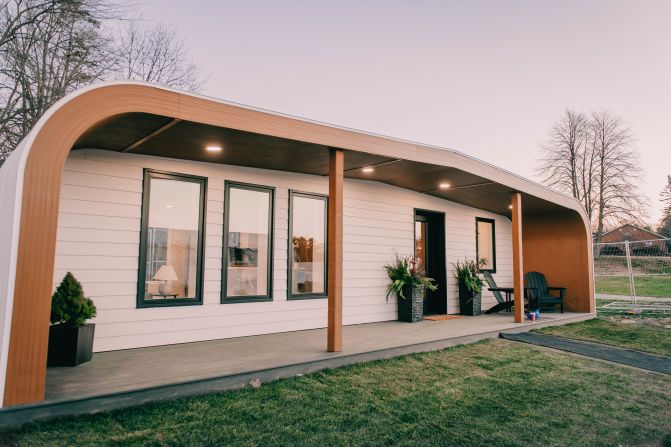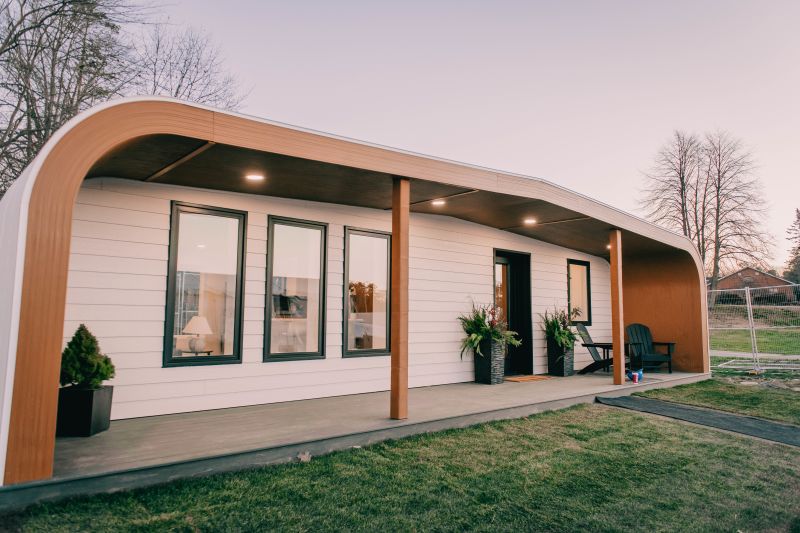In late 2022, the University of Maine’s Advanced Structures and Composites Center (ASCC) unveiled the “BioHome3D,” a 600-square-foot single-family unit which it says is the world’s first 3D-printed, 100% bio-based home.







Your Gateway to the Best Travel Experiences

In late 2022, the University of Maine’s Advanced Structures and Composites Center (ASCC) unveiled the “BioHome3D,” a 600-square-foot single-family unit which it says is the world’s first 3D-printed, 100% bio-based home.






